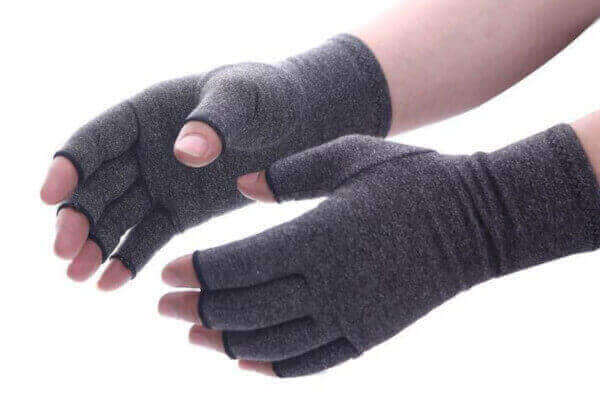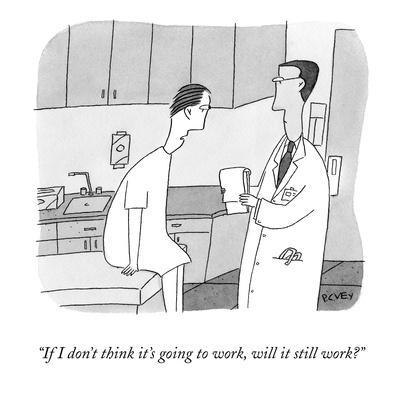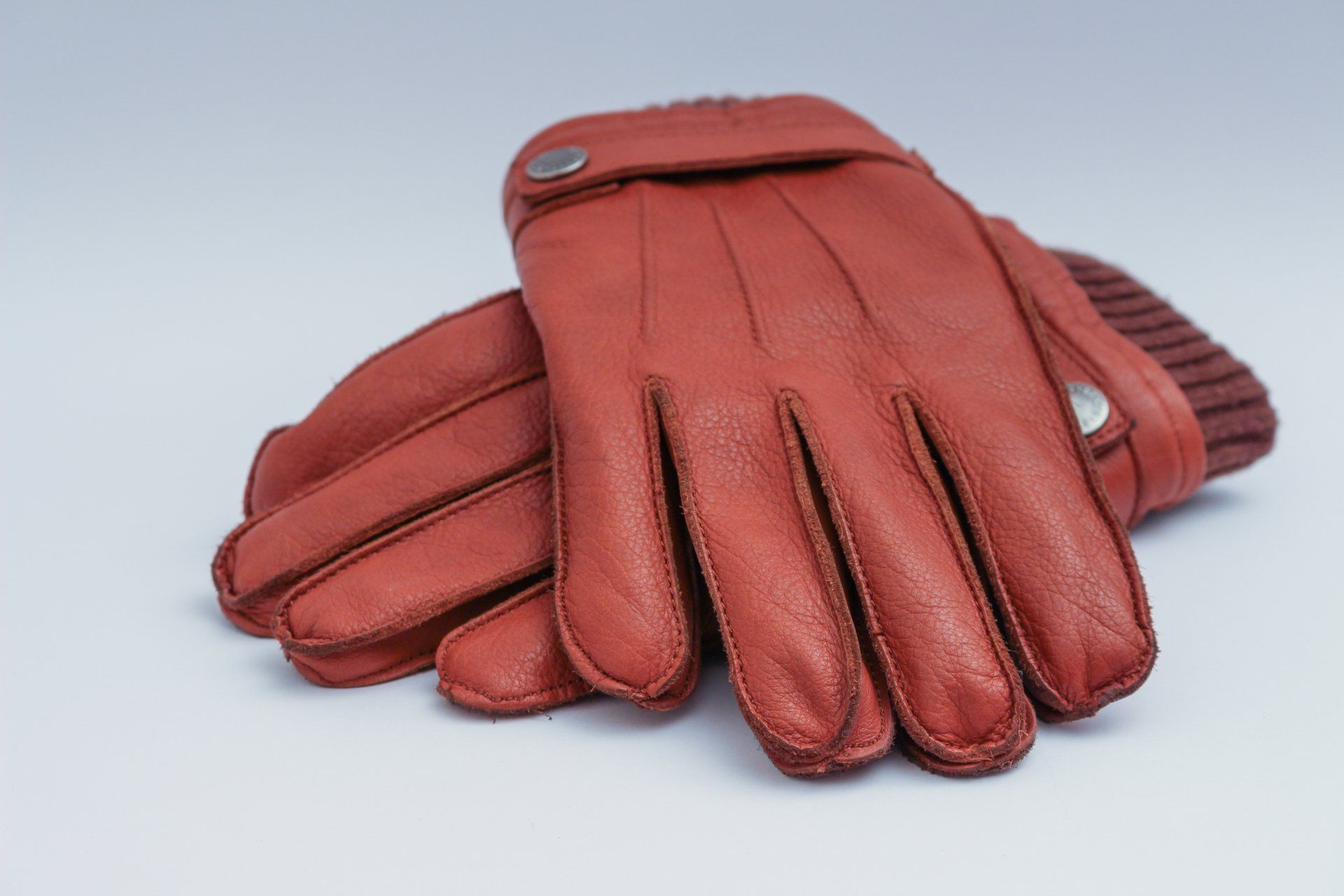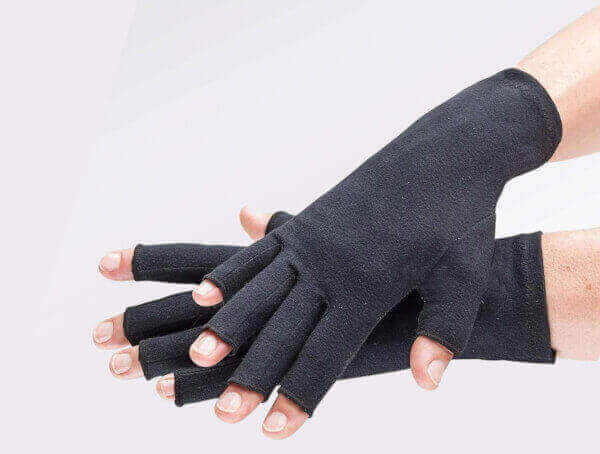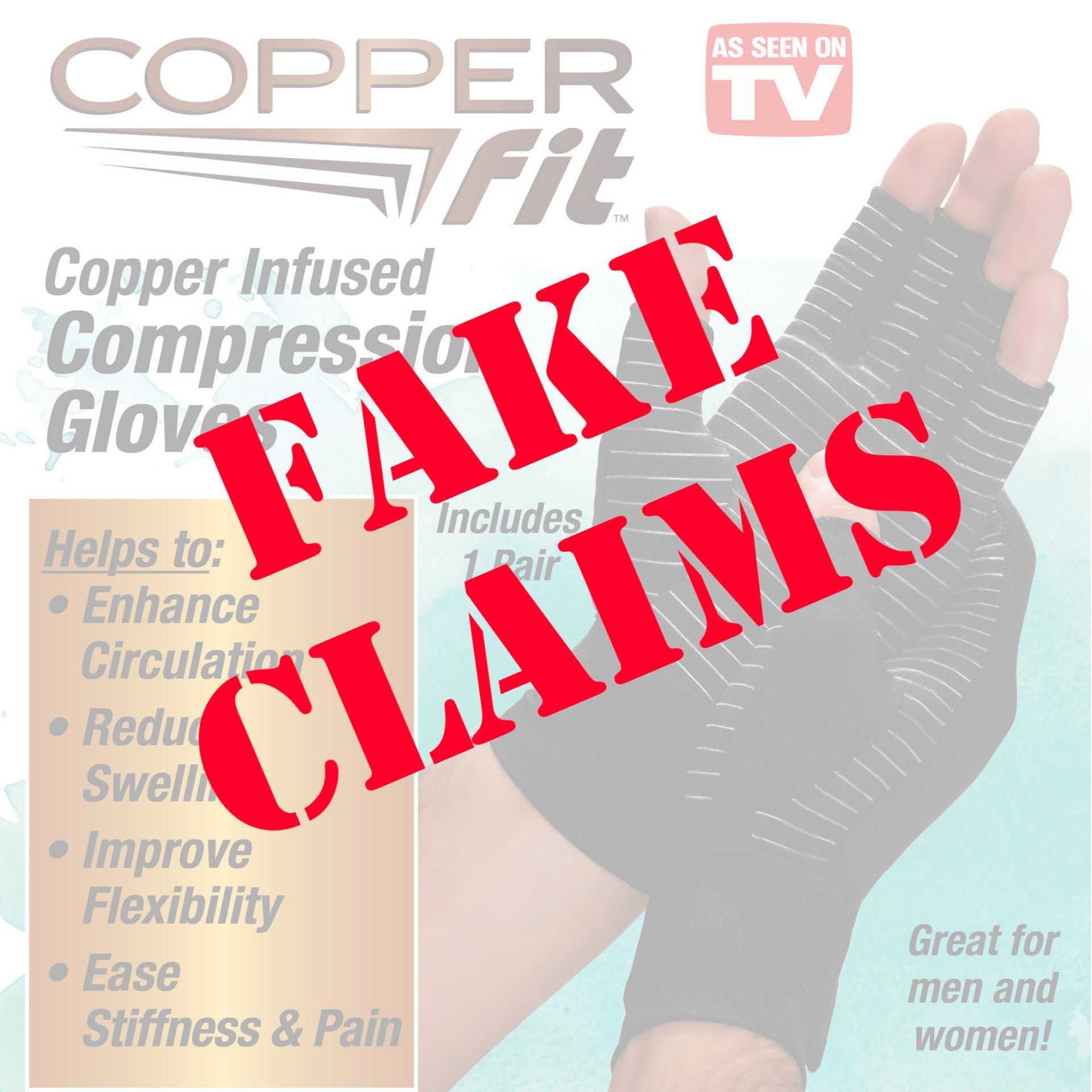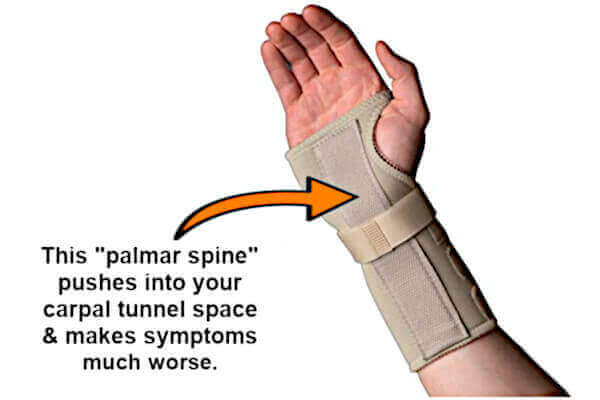Guide to Carpal Tunnel Gloves
Gloves labelled for carpal tunnel may provide warmth, but most compressive styles can worsen the condition. Learn what really works for relief.
Carpal tunnel gloves
offer little therapeutic value beyond keeping hands warm. Because Carpal tunnel syndrome arises from median-nerve compression, adding glove compression can actually exacerbate symptoms. Choose warmth-only gloves, avoid compression styles, and focus on real treatments like night bracing, stretching and massage for lasting relief.
Table of Contents
- Overview
- What gloves can do for carpal tunnel syndrome
- Why some patients are helped by carpal tunnel gloves
- They provide warmth
- A powerful placebo effect
- They're cheap
- A lot of hype
- Which gloves help - if even a little?
- Which carpal tunnel gloves to avoid - and are dangerous
- Which carpal tunnel gloves to avoid - and are dangerous
- The dangers of "compression gloves"
- Nerve compression causes carpal tunnel syndrome
- Arthritis gloves actually help
- The copper scam
- Use wrist braces with care
1) Never wear a wrist brace while working
2) Use a wrist brace ONLY at night
3) Beware the "palmar spine"
Understanding Carpal Tunnel Gloves — Help, Hype, and Hidden Risks
By Dr. M. Zannakis | The CarpalRx
One of the most common questions patients ask is, “Do carpal tunnel gloves really work?” It’s a great question — and an important one. These gloves are heavily advertised online and in stores, often promising quick relief from pain, tingling, and stiffness. But are they really as effective as they claim to be?
In this article, we’ll take an honest look at carpal tunnel gloves — how they’re supposed to work, when they might help, and when they can actually make things worse. You’ll also learn what to look for when shopping for them, what warning signs to avoid, and even how to spot common marketing tricks and outright scams that prey on people desperate for relief.
Before we get into the details, here’s one very important rule:
never use “compression gloves” if you have
carpal tunnel syndrome. This is a serious mistake that can make your condition worse, and you’ll learn exactly why that happens — and what safer alternatives exist — as we go along.
If you’ve ever been tempted to try a pair of these gloves, this article will help you make an informed, confident choice that truly supports your recovery instead of setting it back.
What gloves can do for carpal tunnel syndrome
Carpal tunnel syndrome is a type of
peripheral neuropathy. That means the nerve inside your wrist joint is damaged. The damage to the nerve produces unusual sensations (symptoms) like:
Nobody knows for sure why that nerve, the
median nerve, gets damaged in the first place. But we know that people in certain occupations are prone to getting this disorder.
These occupations all have
one thing in common. They all involve
harmful hand activities such as rapid, repetitive or forceful use of the hands or fingers. That's why the following professions are prone to getting carpal tunnel syndrome:
Added to the daily harmful hand activities, some people are also at
high risk for developing carpal tunnel syndrome if they meet one or more of the following scenarios:
Why some patients are helped by carpal tunnel gloves
Carpal tunnel gloves are among the most popular products available to patients with carpal tunnel syndrome. There are 4 reasons for their popularity:
1. They provide warmth
Most gloves keep your hands warm - and this is good! Warmth helps the body heal itself. And since the median nerve is damaged inside the wrist joint, keeping your hand and wrist warm will speed up the nerve's natural healing abilities.
2. A powerful placebo effect
Any glove you put on you painful hand has a tremendous
placebo effect. The placebo effect reduces pain temporarily. But within hours, the pain returns as the effect wears off. The placebo effect is especially strong with "compression gloves" (which are harmful; see below). The constant compression "reminds" you that you're wearing something that's supposed to help ease the pain. And therefore it does so - if only temporarily.
3. They're cheap
Gloves that are advertised as "carpal tunnel gloves" usually cost $25 to $40. But considering the fact that they're merely ordinary hand gloves, the cost is actually high. The higher price tag is justified because it's marketed as a "therapy product". Adding this false credibility helps
feed the placebo effect. Sadly, most companies will say anything (including lying about a product's effectiveness) to grab a piece of the
$60 billion pain market.
4. A lot of hype
Gloves advertised to "treat carpal tunnel" are greatly hyped. Most companies even resort to false advertising to pump up the hype. In reality, any glove that advertises "helps carpal tunnel syndrome" is false advertising. That's because NO research to date has tested the clinical effects of gloves on this disorder. Therefore, such a claim is a lie - and illegal. (Companies promoting "copper infused" gloves are telling the biggest lies - see below.)
Bottom Line: Do "carpal tunnel gloves" really work?
Gloves keep you hand warm. This helps your body heal the damaged median nerve (which causes carpal tunnel syndrome). But aside from providing warmth, there is NO other benefit to wearing a "carpal tunnel glove" versus an ordinary glove.
Which gloves help - if even a little?
Once again, gloves don't provide much therapy for carpal tunnel syndrome. The most powerful result of wearing gloves is the warmth they provide and the powerful placebo effect.
But the small benefit of keeping your hand warm and a placebo effect can be gained by wearing just about ANY hand glove, and not necessarily a "carpal tunnel glove". So why spend the extra money?
Therefore, if you insist on wearing a glove for your carpal tunnel syndrome,
buy an inexpensive thermal glove from your local clothing store or online. Remember, it doesn't matter if it's not a "carpal tunnel glove".
However, avoid compression gloves at all costs (see below).
Which carpal tunnel gloves to avoid - and are dangerous
The manufacturers who advertise the "carpal tunnel gloves" listed below make
outrageous
claims. It's false advertising, and also illegal. Eventually, the
Federal Trade Commission will catch up, and force them stop making the false claims.
Also, remember to
avoid using compression gloves.
They will worsen carpal tunnel syndrome, as explained directly below. Therefore, specifically avoid products sold as:
- Copper Fit
- Imak
- Kapmore
- Mediven
- Ironclad
- Vive
- Dr. Frederick’s
The dangers of "compression gloves"
Nerve compression causes carpal tunnel syndrome
The reason you have carpal tunnel syndrome is because of nerve compression.
The median nerve is squeezed and compressed inside your wrist joint. The compression is what causes all of the symptoms like finger or hand pain, numbness, shooting electric shocks, weakness, and tingling.
So why ADD compression to your hand?
The compression transmits to the wrist's interior and makes matters much worse. This is why "compression gloves" are harmful if you have carpal tunnel syndrome.
So if the manufacturers claim
their compression gloves "relieve carpal tunnel pain", it's a lie -- and false advertising.
Arthritis gloves actually help
Note that "compression gloves" DO work well for
rheumatoid arthritis (RA) patients. The gloves compress the hand and squeeze away
excess fluid, which can be painful in arthritic joints.
But RA is much different than carpal tunnel syndrome. Compressing your hand will exert more pressure on your median nerve. And that makes carpal tunnel symptoms worse.
The copper scam
Many companies promote the use of COPPER in their gloves. But copper has ZERO therapeutic benefit.
But it sounds so scientific!
Actually, any doctor will tell you such claims of "copper infused gloves" are complete nonsense. And the federal government is on to the scam.
In 2015
Tommy Copper reached a
$1.35 million settlement for deceptive and fraudulent advertising. It’s just a matter of time until the
Federal Trade Commission and
Food and Drug Administration
prohibit ALL false claims about copper infused "therapy" products.
Use wrist braces with care
Many carpal tunnel patients first try treating their symptoms by buying a wrist brace from Walgreens, CVS, Walmart, etc. But like gloves, such braces are not designed to treat carpal tunnel syndrome.
In fact, like compression gloves, they can actually worsen your condition. This especially happens when you wear the wrong brace or wear one all the time.
Here's when and how to use wrist braces properly if you have carpal tunnel syndrome:
1. Never wear a wrist brace while working
Never wear a wrist brace when you're working with your hands. This is contrary to what many doctors tell their patients. But wearing a wrist brace while your hand is active during the day only makes the problem worse. Why?
With carpal tunnel syndrome, your wrist joint is already damaged. Restricting it's movement with a brace only causes you to
fight the brace
(subconsciously) while working. This causes
double-stress (and double-damage) to the wrist.
Instead, it's much better to allow your wrist to be free, even though it may be a bit painful. At least you're not causing
more
damage to your wrist and making your condition worse.
2. Use a wrist brace ONLY at night
If you have carpal tunnel syndrome you should NEVER wear a wrist brace during the day. However, you should ALWAYS wear a wrist brace while sleeping. The reason?
When we sleep, we all unconsciously bend our hands backward. That "hyper-extension" is very bad if you have carpal tunnel syndrome. That's because hand hyper-extension
causes compression of the median nerve inside your wrist joint.
However, a wrist brace prevents such over-bending. Essentially, it allows your hand to rest while you sleep. But be sure you only wear a "certified carpal tunnel brace"
at night (see below for explanation).
3. Beware the "palmar spine"
Do you wear a night brace but still have nighttime or morning symptoms?
Chances are you're not wearing the proper brace.
Most ordinary wrist braces (found in CVS, Walmart, Walgreens, etc.) contain a
metal spine on the palmar surface of the brace. This is called a
"palmar spine" (see picture).
The spine acts as s stiffener to keep your hand in a straightened ("neutral") position as you sleep.
However, if you unconsciously bend your hand backward with a brace containing a palmar spine, the spine will push into your wrist joint. That increases the compression on the median nerve. And we already know that the median nerve is
highly sensitive to such pressure.
But a
"certified carpal tunnel brace" contains a spine on the
lateral or
dorsal side of the hand, not on the palmar surface (see picture). That way, any hand movement does not cause compression on the median nerve.
So look for a "certified carpal tunnel brace" which does not contain a palmar spine. The most popular of such braces are listed below (priced highest to lowest at publication):
- AliMed Dorsal Resting Splint (approx. $138)
- BSOS Dorsal Splint (approx. $100)
- Comfy Dorsal Hand Orthosis (approx. $98)
- LEEDer Dorsal Orthosis (approx. $85)
- CarpalRx Night Brace (approx. $50)
- RCIA Dorsal Splint (approx. $48)
Summary
By themselves, carpal tunnel gloves are
only slightly useful for fighting carpal tunnel syndrome. They are
not
effective for moderate or severe symptoms. In those cases you must use 3 separate treatments, all applied simultaneously. Those treatments are:
Only daily persistence with these treatments will eventually resolve symptoms permanently. If these remedies don't help, then carpal tunnel surgery must be considered.
FAQs
So there is no value in compression gloves for carpal tunnel?
That's correct. They will do more harm than good.
Why are there adverts for compression gloves just about everywhere?
Companies will always try to make money even at the risk of potential harm to the public. Cigarette anyone?
Where can I buy a certified carpal tunnel brace?
They are only available online. See the links above.
About


